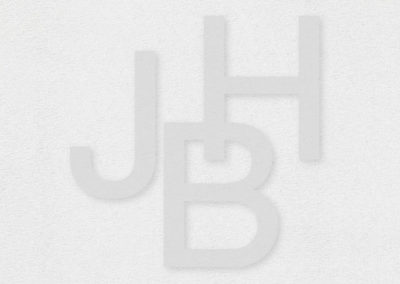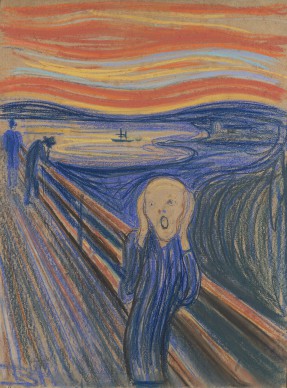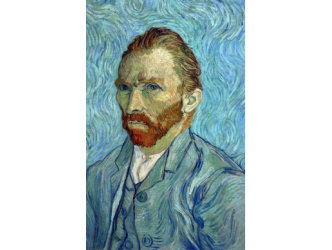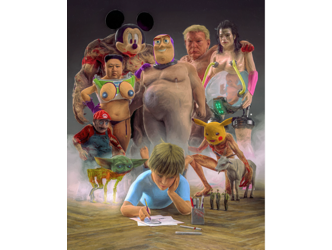It explains why some of Getty’s exhibitions have an exceptional scientific quality, accompanied by documented catalogues that are especially rich. In fact it’s the collaboration between the research department and the exhibition curator that lends its these programmes their full force.
It’s following the closure of the Mapplethorpe Foundation archives that the museum is able to organise, for instance, from 15 March an exhibition whose catalogue shows things about the artist that are both out of the ordinary and heretofore unknown. It’s a subject I’ll return to in another post.
Glenn Phillips has two exhibitions in the pipeline.
One, within the framework of a Californian initiative of some scope comprising a number of East Coast establishment figures is called Pacific Standard and will include a show he is curating on Latin American video art in 2017.
The other exhibition, currently slated for February 2018, follows Getty’s acquisition of the archives of legendary Swiss curator Harald Szeemann, who sadly passed away in 2005. It’s an exhibition that all Europeans who can remember a little way back have been waiting for: a great homage to this independent curator who was truly like no other. Glenn Phillips reveals, among other things, that Szeemann’s father and grandfather were both hairdressers. The latter invented the perm thanks to a clever machine that Harald preserved along with many other souvenirs from the salon and which he exhibited in his home like works of art; it looked like one of Picabia’s machine. The universe of the Bernese man behind the historic 1969 show “when attitudes become form” was therefore born in a hair salon.
Support independent news on art.
Your contribution : Make a monthly commitment to support JB Reports or a one off contribution as and when you feel like it. Choose the option that suits you best.
Need to cancel a recurring donation? Please go here.
The donation is considered to be a subscription for a fee set by the donor and for a duration also set by the donor.





